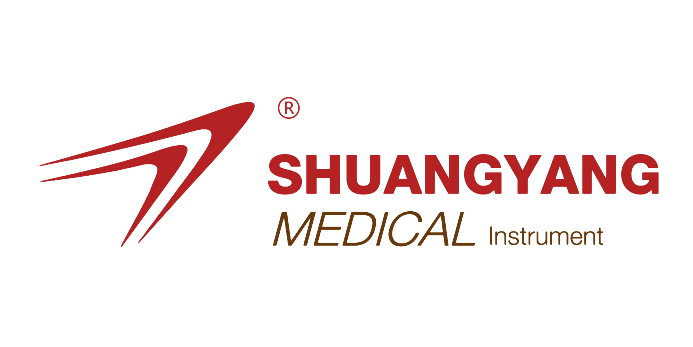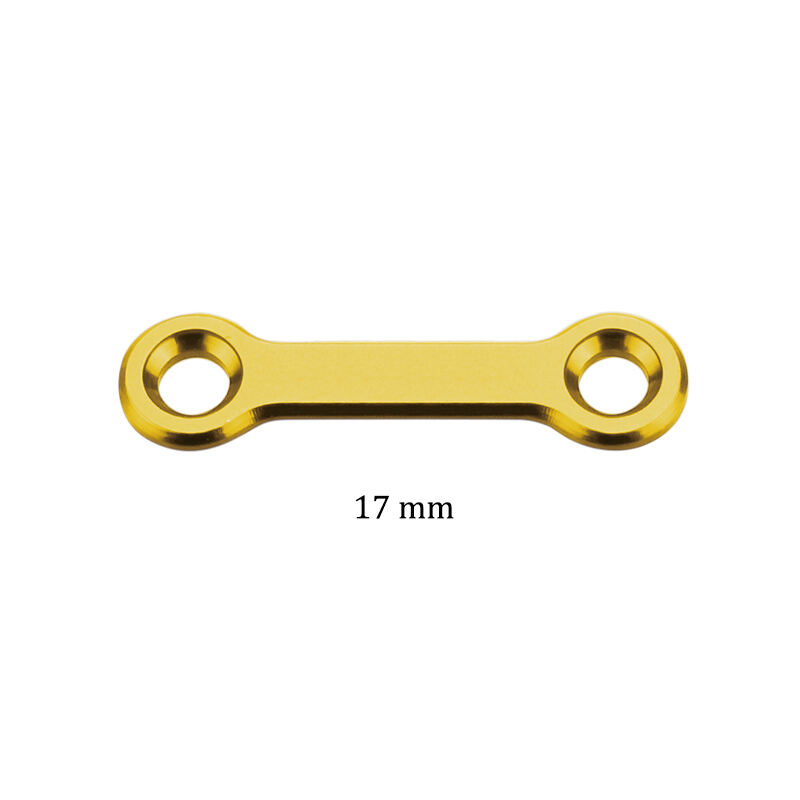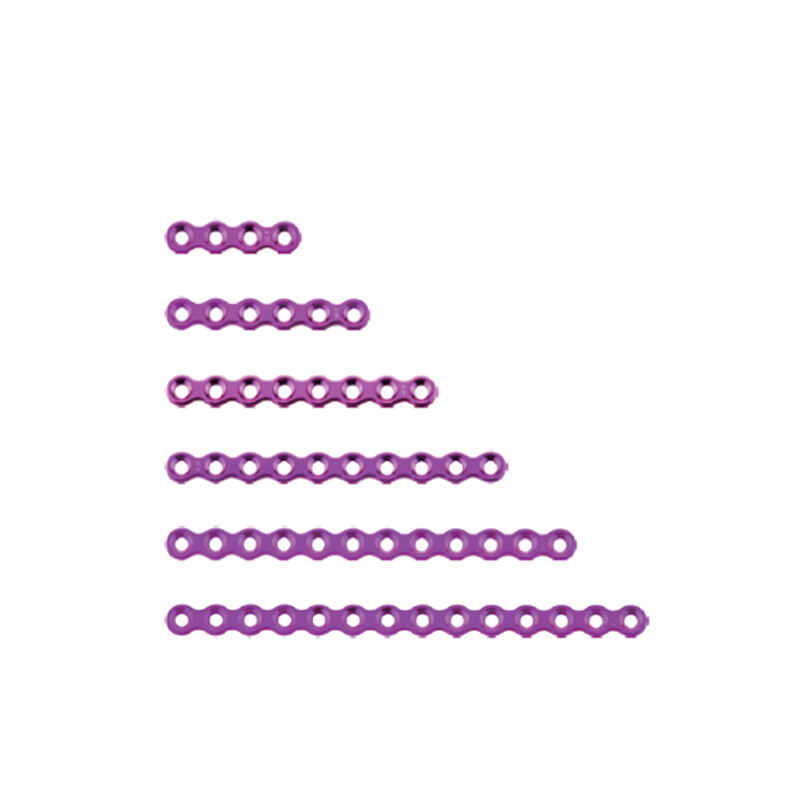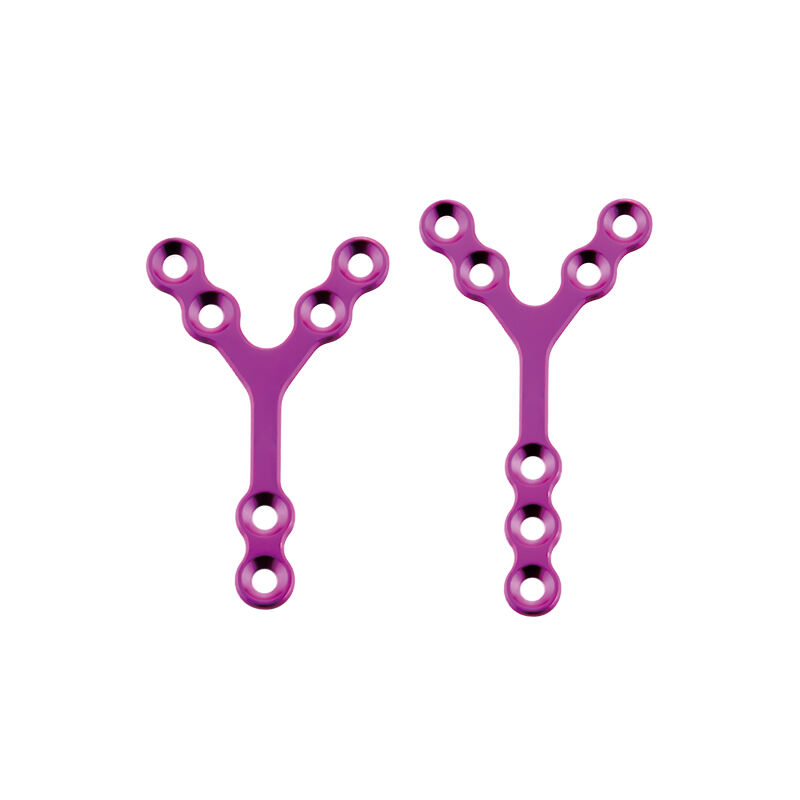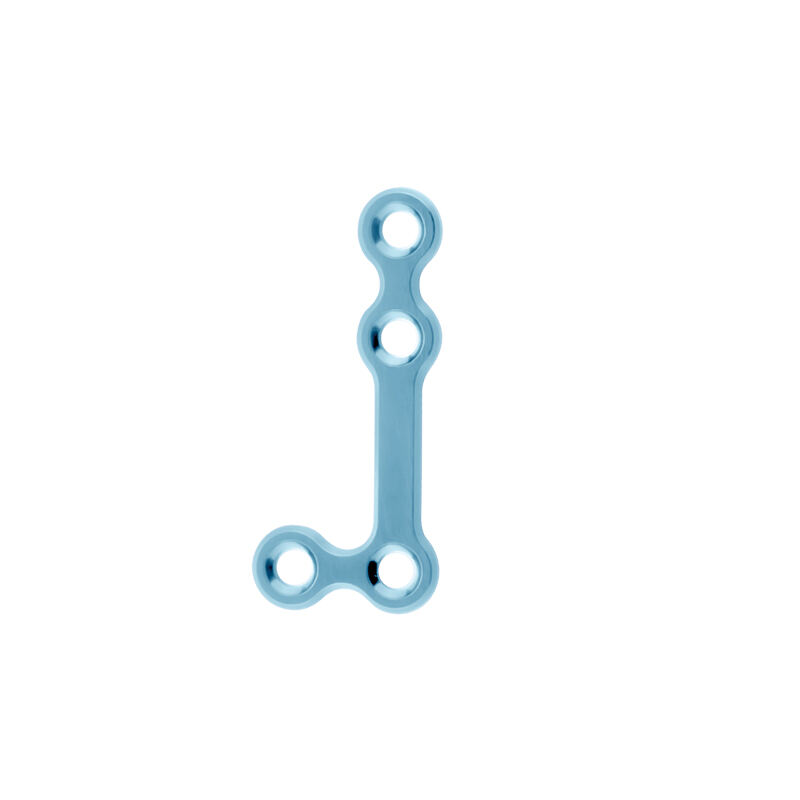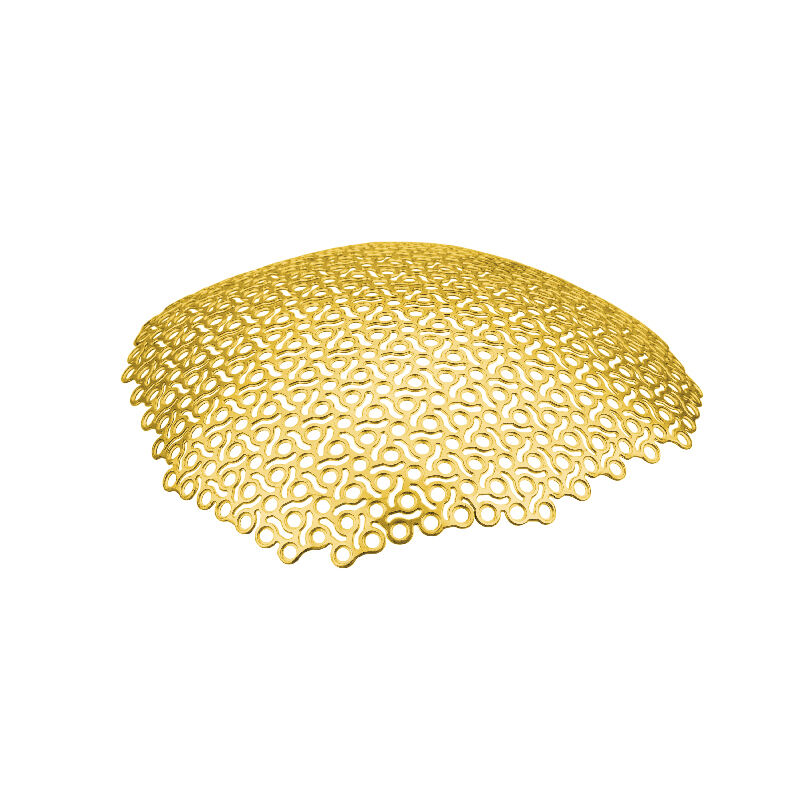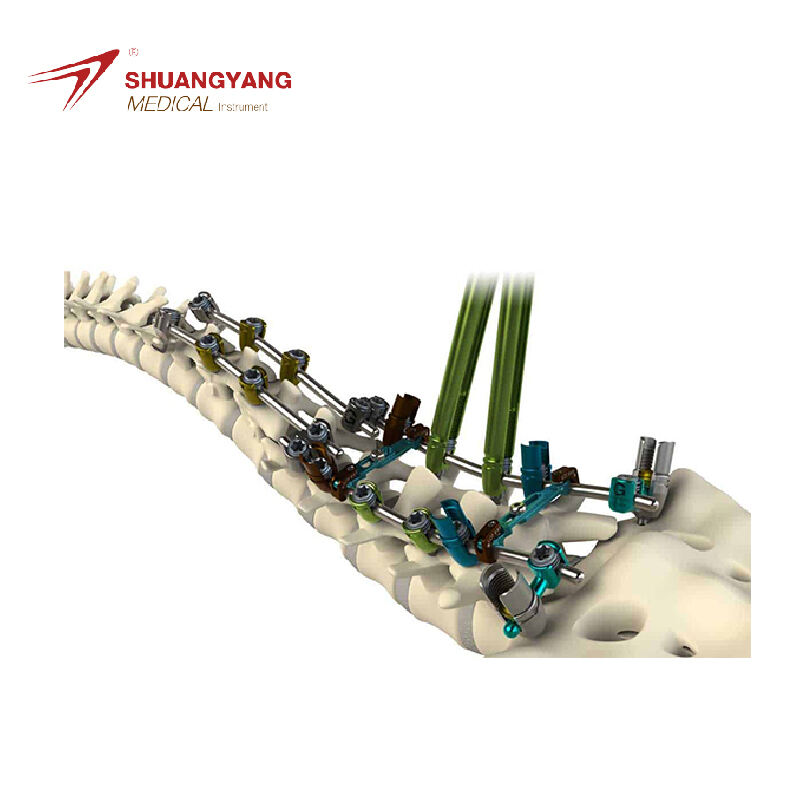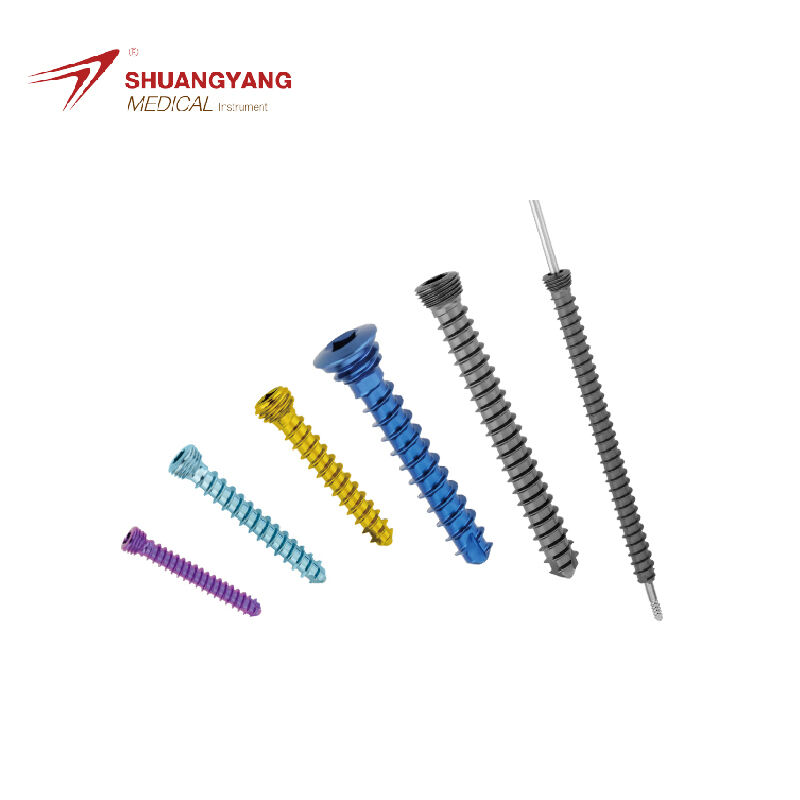orthopaedic screw
The orthopaedic screw is a specialized medical device designed to stabilize bones and facilitate their healing. Its main functions include fixation, compression, and fusion of bone fragments, which are crucial in various orthopaedic surgeries. Technological features of the orthopaedic screw include a threaded shank, a head for driving the screw, and a tip that can be designed for specific surgical needs. These screws are made from high-grade materials such as stainless steel or titanium, which ensure durability and compatibility with the human body. Applications of the orthopaedic screw range from repairing fractures and setting bones to supporting surgical implants like plates and rods. With their versatility and essential role in orthopaedics, these screws are a cornerstone of modern surgical practices.
 EN
EN
 FR
FR
 ES
ES
 AR
AR
